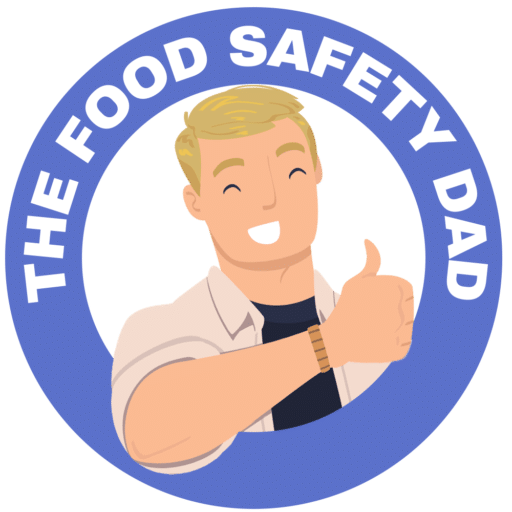Can you eat scallops raw? Now, I know the idea of sinking your teeth into a succulent, fresh scallop might sound like a gourmet dream, but before we set sail, let’s ensure we’re navigating these waters with food safety as our compass.
Scallops, with their delicate texture and sweet flavor, are a real treat. They’re versatile too—seared to perfection, baked in buttery goodness, or even served raw. But, just like any raw seafood, there’s a bit we need to understand about the risks and how to minimize them.
First off, let’s talk about what makes scallops a candidate for raw consumption. When sourced from clean, cold waters and handled properly, scallops are indeed edible raw. Sushi and sashimi aficionados will be familiar with the raw scallop’s mild, oceanic flavor—a true testament to the sea’s natural bounty.
However, the question of safety isn’t just about the scallop’s freshness. We need to consider potential hazards like bacteria, viruses, and parasites. According to the Centers for Disease Control and Prevention (CDC), consuming raw or undercooked seafood can expose you to Vibrio bacteria, norovirus, and even Hepatitis A. While these cases are relatively rare, they’re serious enough to warrant our attention.
If you’re set on trying raw scallops, your first step is sourcing them. You want to ensure they’re labeled as “sashimi-grade” or “sushi-grade.” These terms aren’t regulated by the Food and Drug Administration (FDA), but they generally indicate that the seafood has been frozen to kill parasites and is intended for raw consumption.
Remember, though, that freezing doesn’t kill all pathogens. The FDA recommends that for the utmost safety, especially for those who are pregnant, elderly, young, or have compromised immune systems, all seafood should be cooked to an internal temperature of 145°F.
Once you’ve got your scallops, proper handling is key to reducing the risk of foodborne illness. Keep them refrigerated at 40°F or below until you’re ready to serve. If you’ve bought frozen scallops, thaw them in the refrigerator, not on the countertop.
When preparing raw scallops, cleanliness is paramount. Wash your hands thoroughly, use clean utensils, and avoid cross-contamination with other foods, especially raw meats.
If you’ve taken all the precautions and decided to sample raw scallops, you’ll want to enjoy them in their purest form. A squeeze of lemon, a dollop of cocktail sauce, or a light drizzle of high-quality olive oil can enhance their natural flavors without overpowering them.
For those who are a bit hesitant, a “scallop crudo” can be a good middle ground. A crudo is a dish where the seafood is sliced thinly and marinated in an acidic mixture like lemon juice or vinegar. The acid isn’t enough to cook the scallop fully (like ceviche), but it can reduce the surface bacteria and give you a bit more peace of mind.
If you’re not sure about eating raw scallops, cooking them is a delicious and safe alternative. A quick sear on high heat can give you a beautifully caramelized exterior with a tender, almost creamy interior. Plus, this method ensures that any harmful pathogens are destroyed.
To sum it up, eating scallops raw is something you can indeed indulge in, provided you take the necessary precautions:


